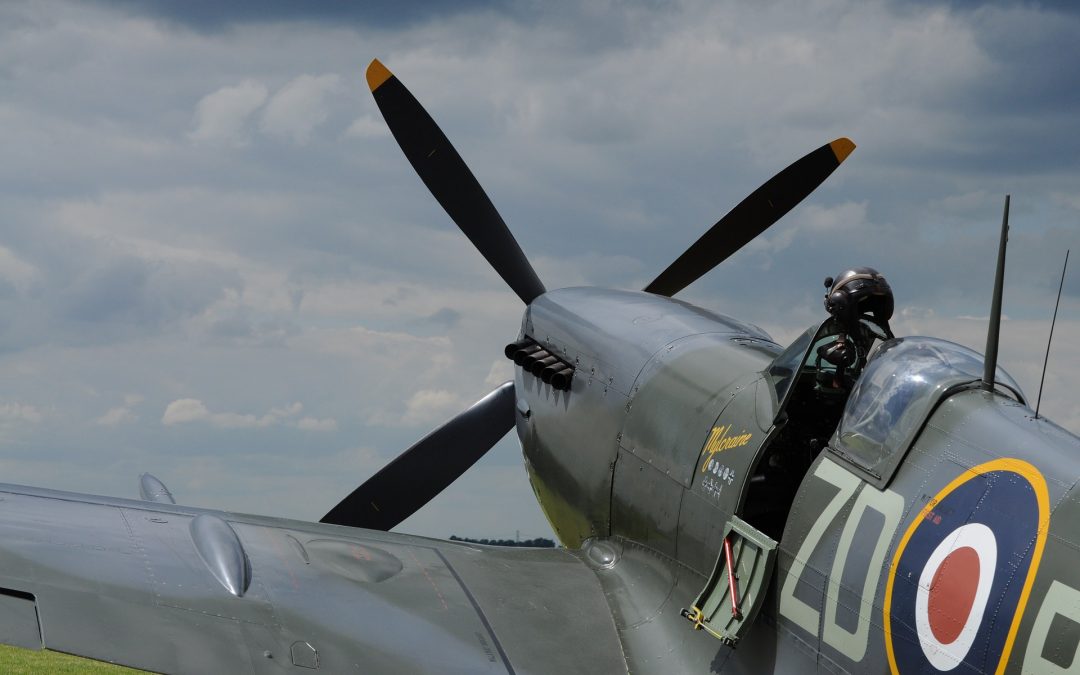Imperial War Museum Duxford – Cambridgeshire
4th July 2018
Geoenvironmental
Our Client

Preliminary-Assessment
Our Challenge
The site was previously used as a military airfield during both world wars. There was, therefore, a risk of finding unexploded munitions and buried structures on site, such as underground storage tanks, not identified during the Desk Study due to the absence of historical or contemporary evidence. The works – spread over five days – were supervised by an unexploded ordnance specialist throughout.
The Ground & Water Approach
Decommissioned as a military airfield in the late 1960s, its conversion into a museum resulted in minor alterations and demolitions. A new aircraft hangar with hard standing was added in 2013. No evidence of landfills or waste sites were noted within 250m radius of the site. There were no pre-determined areas of made or worked ground. The site is situated on a primary chalk aquifer, consisting the Holywell Nodular Chalk Formation and was located within a Flood Zone 1 – with low probability of flooding. It was noted that an American aircraft crashed during WW2 destroying buildings close to the site.
The Phase 2 intrusive ground investigation comprised several components. Deep cable percussion boreholes were used to aid a pile design for the new building. Windowless sampler boreholes, trail pits and infiltration tests were used to aid in the design of soakaways, along with in-situ CBR and plate load tests to aid the design of new areas of hard standing and the new taxiway. Gas monitoring was also undertaken across the site over the course of three weeks, and as such, a ground-gas risk onsite could be discounted. Groundwater wells were installed, with no groundwater encountered.
Topsoil depths ranged from 0.20m to 0.75m. Following Waste Acceptance Protocols the soils onsite were classified as non-hazardous and inert.
The Outcome
Foundation constructed on the Holywell Nodular Chalk Formation can be designed based on a bearing capacity of 225kN/m2.
This was based on the trial hole logs, with reference to CIRIA 574, a 5m long by 1m wide foundation and a maximum settlement of 25mm. Recommendations for sub-soil concrete classification and an alternative piled foundation strategy were provided if bearing capacities provided were not suitable for the development. No unexploded munitions were discovered during the investigation!
